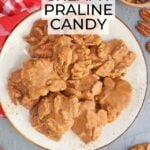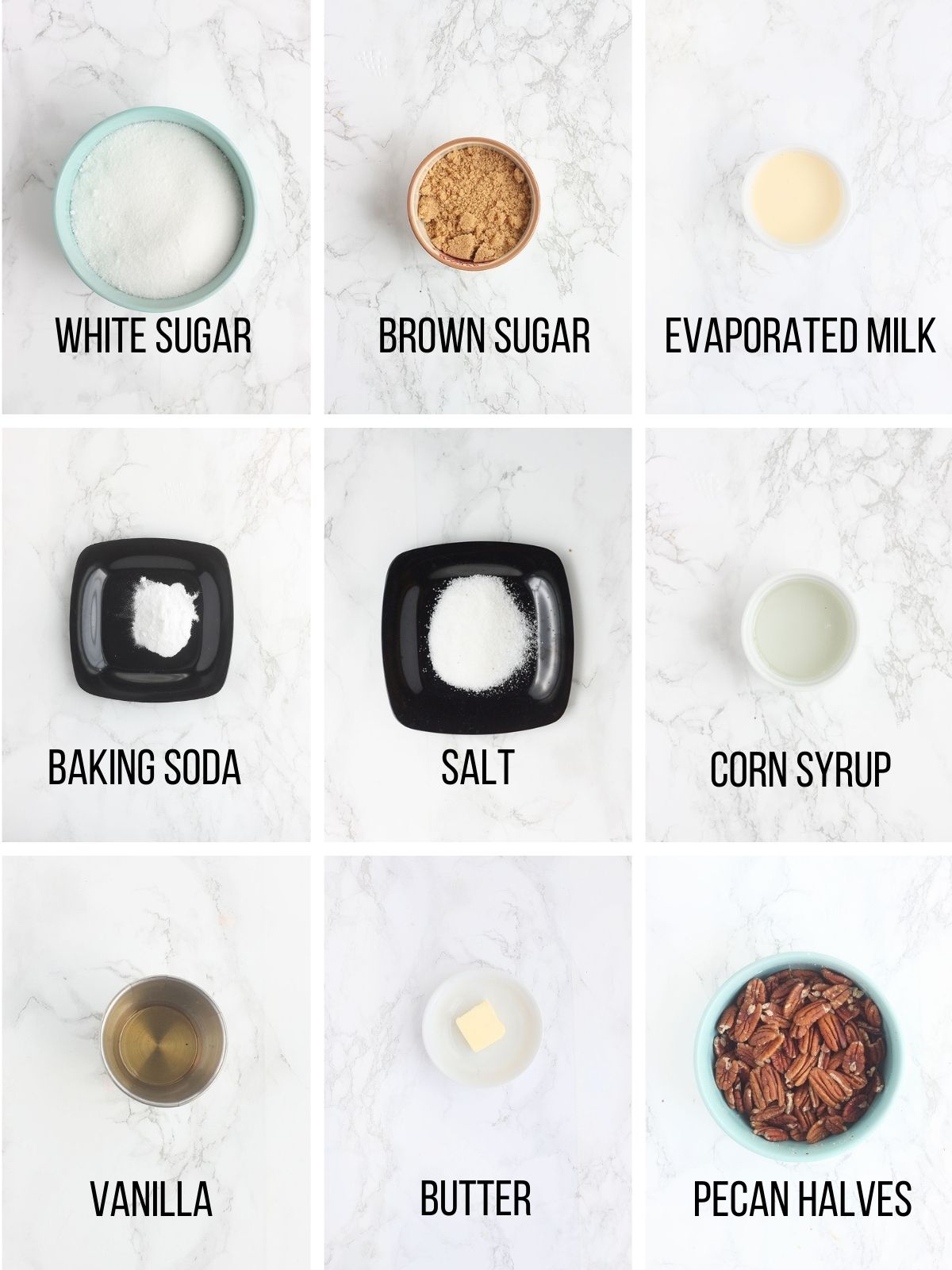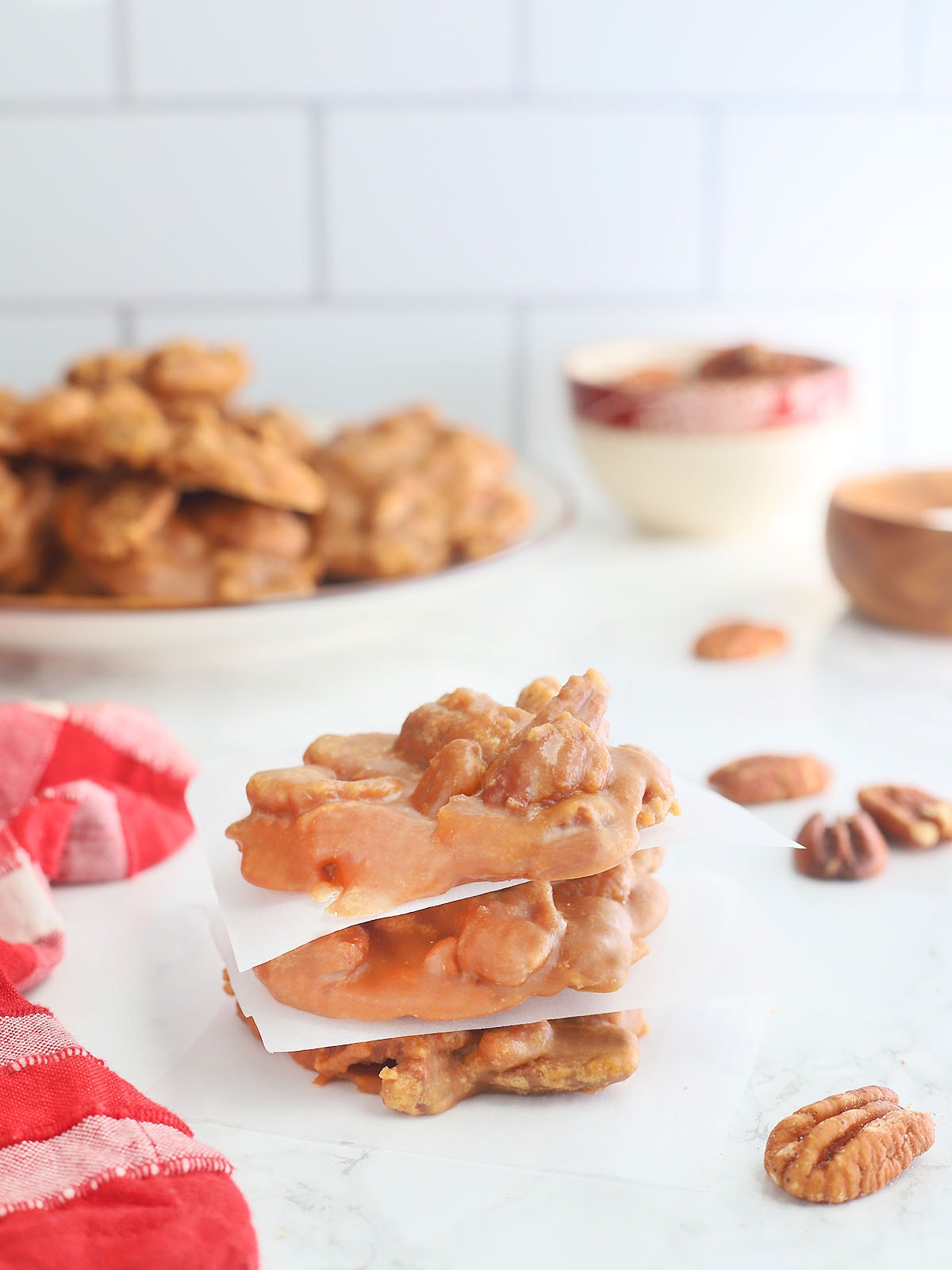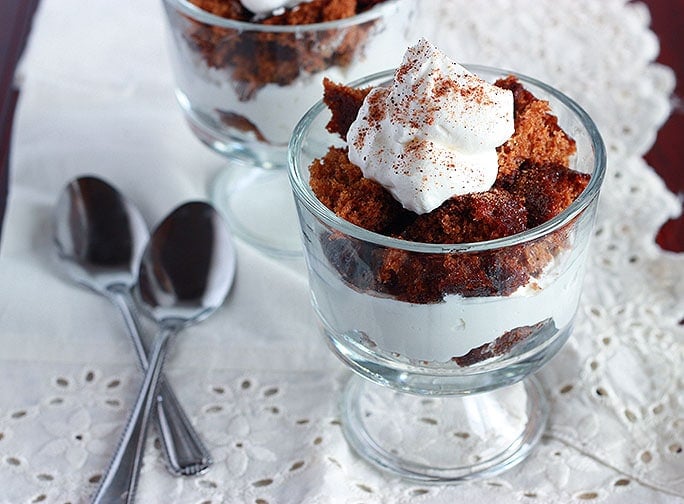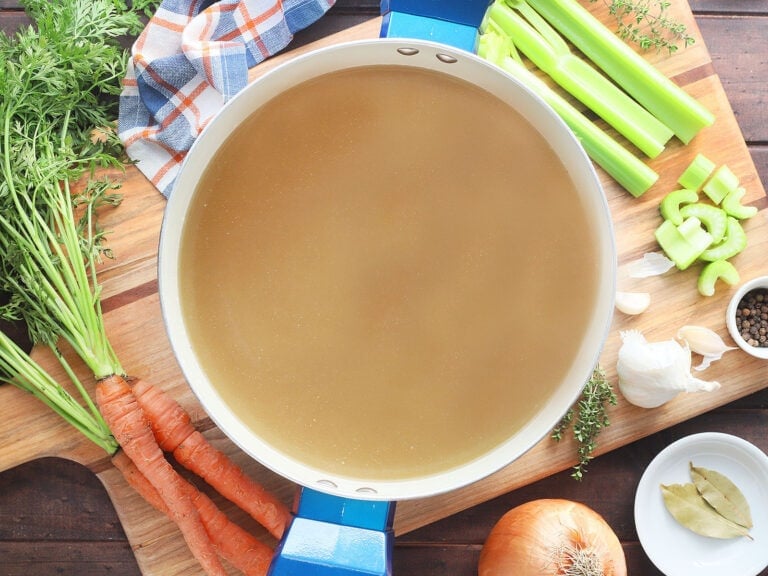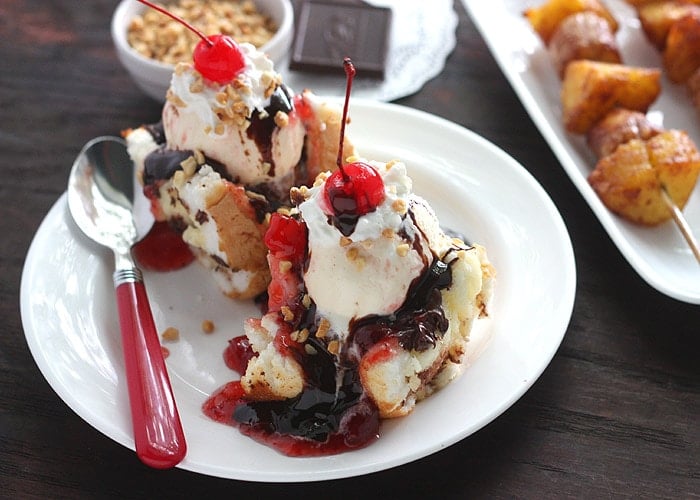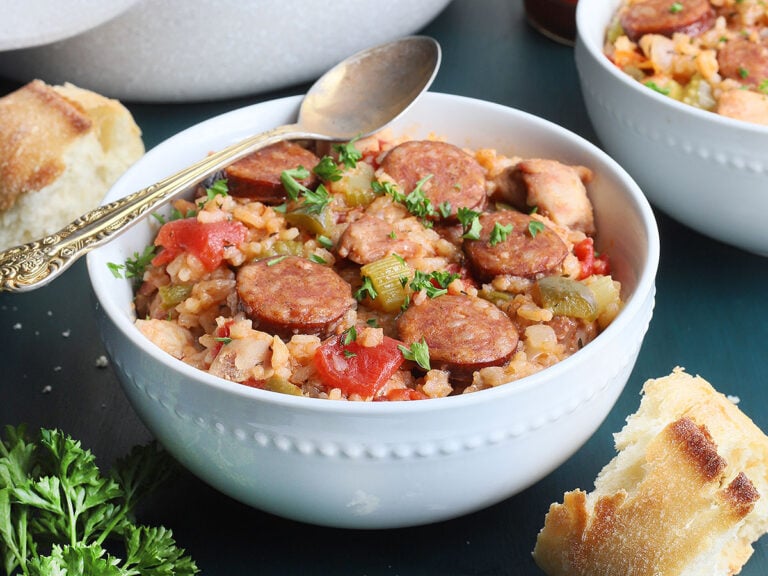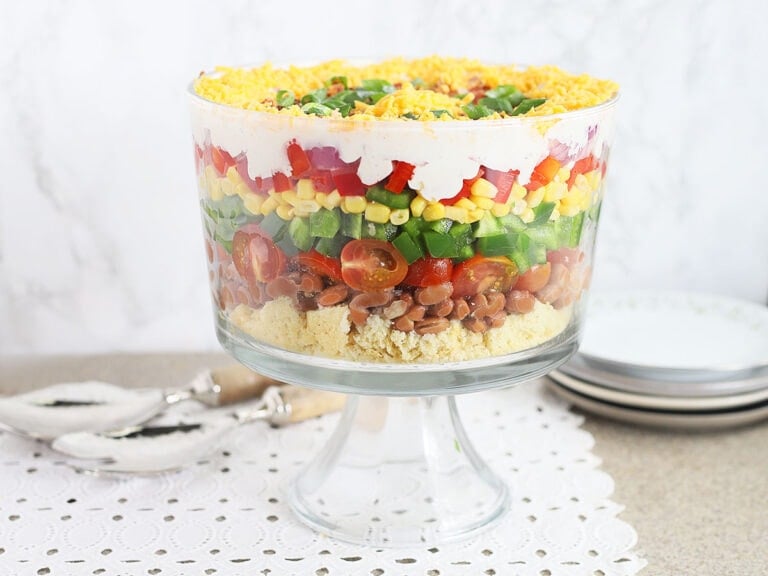Creamy Pecan Praline Candy
Whether you’re looking to share these Southern delights as a gift or to satisfy your sweet tooth, making homemade praline candy is a rewarding and delicious experience that’s sure to impress your friends and family.
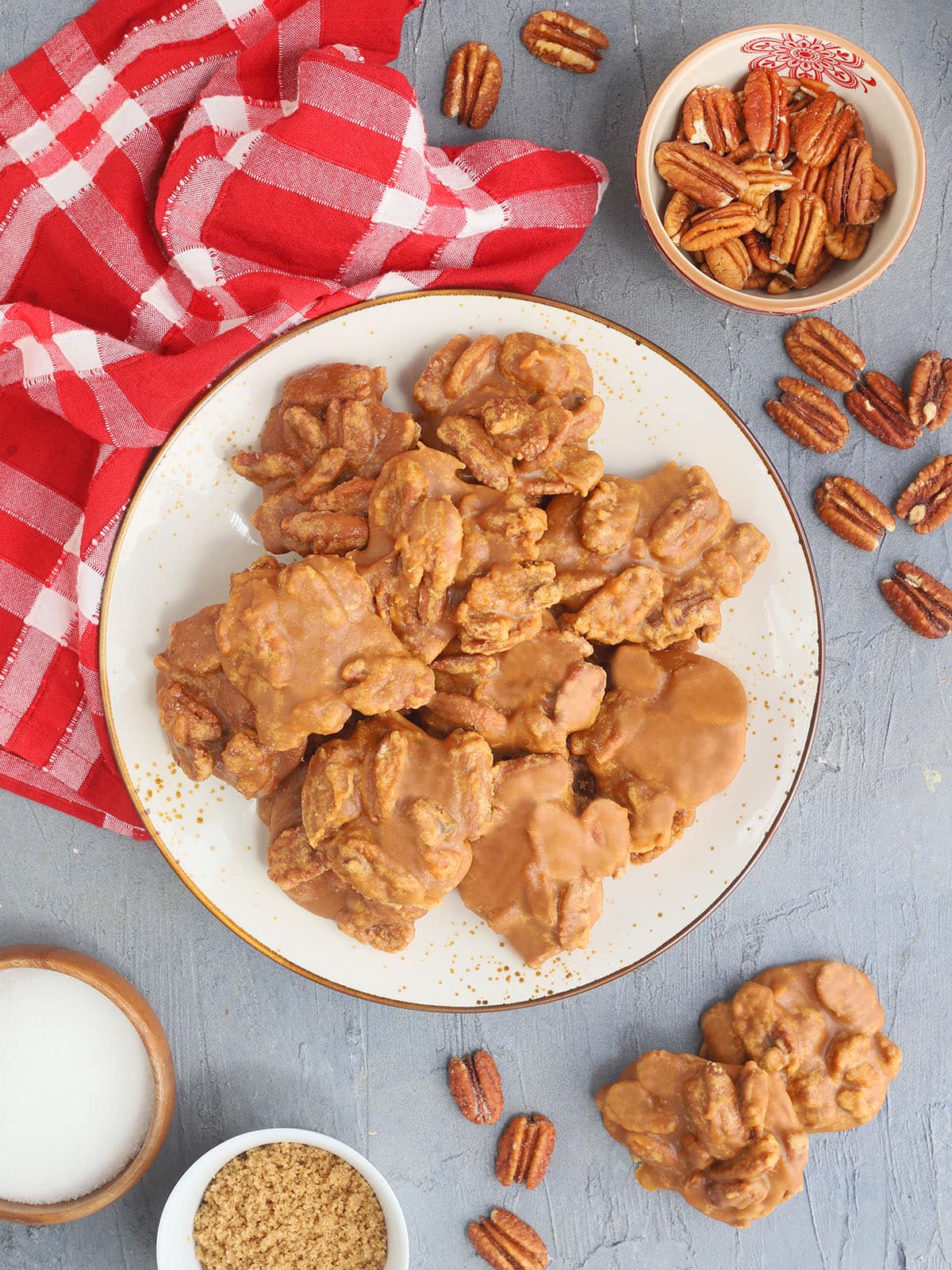
The Cooking Bride is a participant in the Amazon Services LLC Associates Program, an affiliate advertising program designed to provide a means for sites to earn advertising fees by advertising and linking to Amazon.com.
I tried my first praline candy as a kid during a visit to New Orleans. I remember the initial bite as being an explosion of creamy and sweet tamed only by a smattering of crunchy pecans. If you have a sweet tooth, these creamy pecan pralines are definitely going to be right up your alley.
What are pralines?
Here in the Southern United States, pralines (also known as pecan candy if you’re from Louisiana) are a creamy sweet candy made from melted sugar, cream and pecans. Stroll through the French Quarter in New Orleans and you’ll have no problem finding one.
Given Louisiana’s French roots, it’s no surprise that the candy got its start in Europe. The word praline in Europe describes “a cooked mixture of sugar, nuts, and vanilla, often ground to a paste for use as a pastry or candy filling.” Most of the origin stories revolve around 17th-century French diplomat Cesar du Plessis Praslin. The name Praslin would later transform into the word used to describe this pecan candy.
Praslin invented a treat made from coating almonds in melted sugar. The confection eventually made its way to the Americas via French settlers. Cream was added and the expensive almonds were later replaced by the more plentiful pecan.
Ingredients and tools you will need
To make these creamy pralines, you will need a few simple ingredients, including:
- 2 cups white sugar
- 1 cup brown sugar
- 1/2 cup evaporated milk – evaporated milk is simply milk that has been cooked down to remove some of the water. It has a higher sugar content and thick, creamy texture, making it ideal for confections like pralines.
- 1/4 teaspoon baking soda – this ingredient not only helps the sugar dissolve (because no one wants a grainy praline), but it also enhances the caramelization of the sugar and keeps the candy tender.
- 1/4 teaspoon salt – need a little salt to enhance the sweet.
- 2 tablespoons light corn syrup – prevents the sugars from crystalizing during cooking, which could also lead to a grainy texture.
- 1 tablespoon vanilla extract
- 1 tablespoon unsalted butter
- 2 1/2 cups pecan halves – I like to be able to see the pecans in my pralines. But if you would rather, you can chop them up into smaller pieces.
- 3-quart heavy bottomed stock pot – this is the minimum recommended size. You could go larger. Just make sure it’s a pan with a thick bottom and sides. This helps distribute heat evenly and prevents scorching. Copper is best, but it can be pricey. You could also consider cast iron, enameled cast iron, or stainless steel.
- Candy thermometer – it is very important to bring the hot sugar up to 235-240 degrees F. This is also known as soft ball stage. If you drop a bit of the heated sugar into a glass of water, it should have a soft, pliant texture. While some old school candy makers literally use the cold water method to gauge whether or not they’ve heated their sugar adequately, I prefer to use a candy thermometer.
Tips for making pralines
Pralines have a reputation for being a little extra. Don’t let that discourage you from giving them a try. But do be aware of a few simple rules.
Don’t make pralines on a humid day.
There is a reason most Southerners make these during the cooler months. Just like with making divinity, weather conditions can wreak havoc on your candy making. The extra moisture in the air can cause sugar crystallization (which remember, makes a grainy texture), it can require extra cooling time, prevent the pecan candy from setting or adversely affect the texture. For best results, plan on make your pralines on a day where the humidity is less than 35%.
Have all your ingredients measured and prepped beforehand.
Once the sugar has reached soft ball stage and removed from the heat, it will immediately begin to cool and recrystallize. That’s not the time to be measuring out your pecans or start rummaging through the cabinets searching for the vanilla extract. Have the appropriate amounts measured out and ready to go.
Stay with the pot.
Making pralines is like a needy toddler that’s missed nap time and is in dire need of a snack. It requires all your undivided attention. Even though it takes some time to get the sugar dissolved and up to temp, it’s not a good idea to use that time to go start a load of laundry or check the score of the football game. Hot sugar burns very easily and needs to be watched and stirred frequently.
Be quick.
As mentioned above, as soon as the melted sugar is removed from the heat, it starts to cool. You need to act fast in order to get all your pralines spooned out onto waxed paper before the candy becomes hard and grainy.
Don’t try to double the recipe.
Trying to double the recipe can be problematic for a few reasons. One, it may be impossible to get the sugar to dissolve completely. Two, the sugar will expand during cooking and could end up running out of the top and sides of the pot. And three, you may not be able to get all the pralines spooned out before the candy starts to harden.
How to make creamy praline pecan candy
Combine the sugars, milk, baking soda, salt and corn syrup in your pot. Stir everything together until the milk is absorbed into the sugar. The consistency should resemble wet sand at this point.
Heat the sugar mixture over medium low heat for about 10 minutes until the sugar is mostly dissolved. After than, increase the heat to medium and continue to heat for an additional 10-15 minutes until the sugar comes to a full rolling boil. Full rolling boil means the sugar does not stop boiling when you stir it. You will need to stir the sugar frequently the entire time to keep it from burning on the bottom of the pan.
Once you’ve achieved a full rolling boil, add your candy thermometer. Continue to boil and stir until the temperature reaches soft ball stage, or 235 degrees F, on the candy thermometer. This should take approximately seven minutes.
Remove the pot from the heat. Add the butter, vanilla and pecans. The sugar might spit a bit when you add the vanilla. That’s totally normal.
Stir the candy vigorously until you begin to notice it starting to thicken and the mixture is harder to stir. This could take around 30 seconds to a minute. While the sugar is still hot, immediately begin dropping heaping tablespoonfuls onto waxed paper, parchment paper or foil. The pralines should start to harden within 10-20 minutes, but allow them to cool completely before storing.


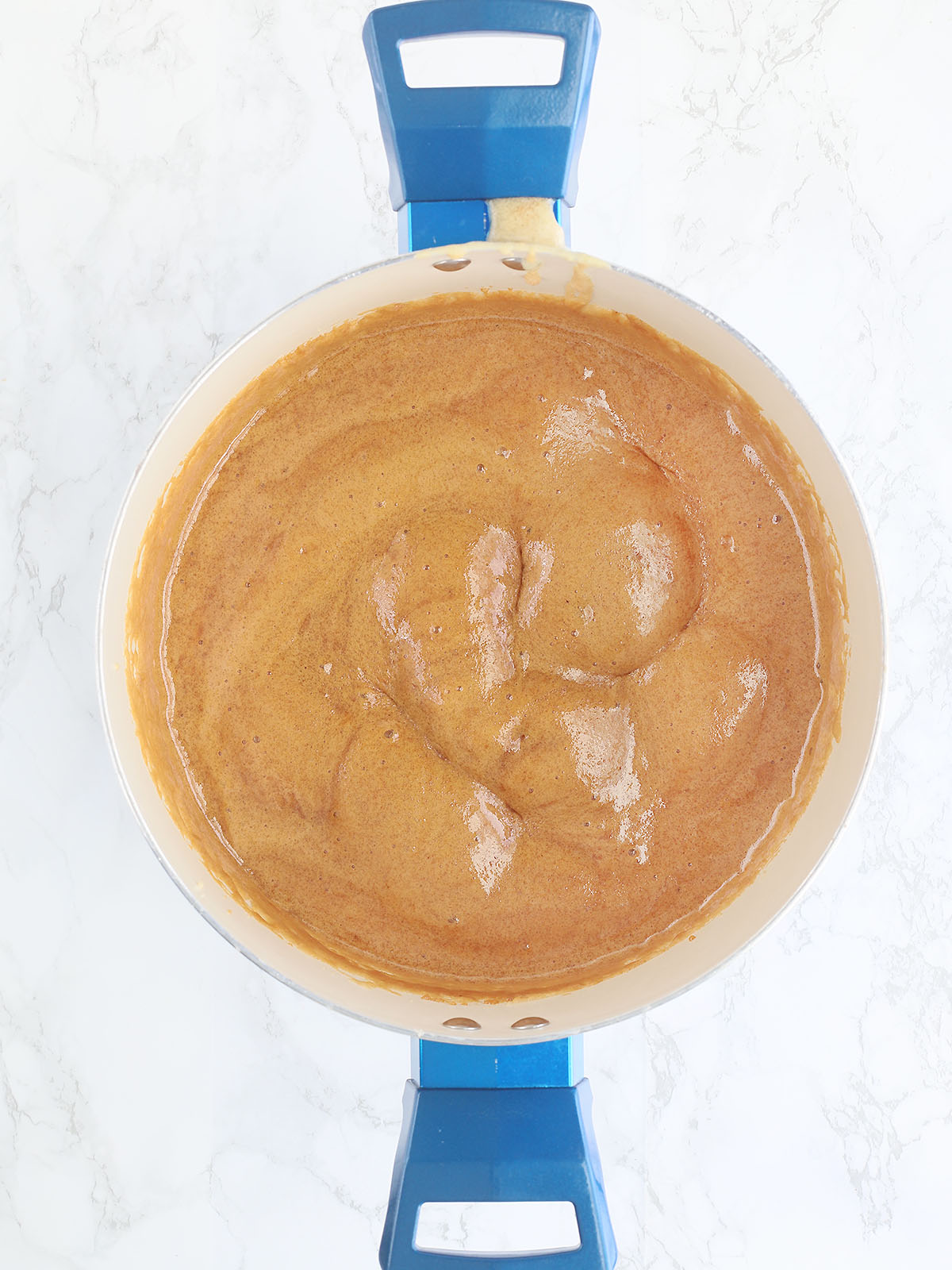
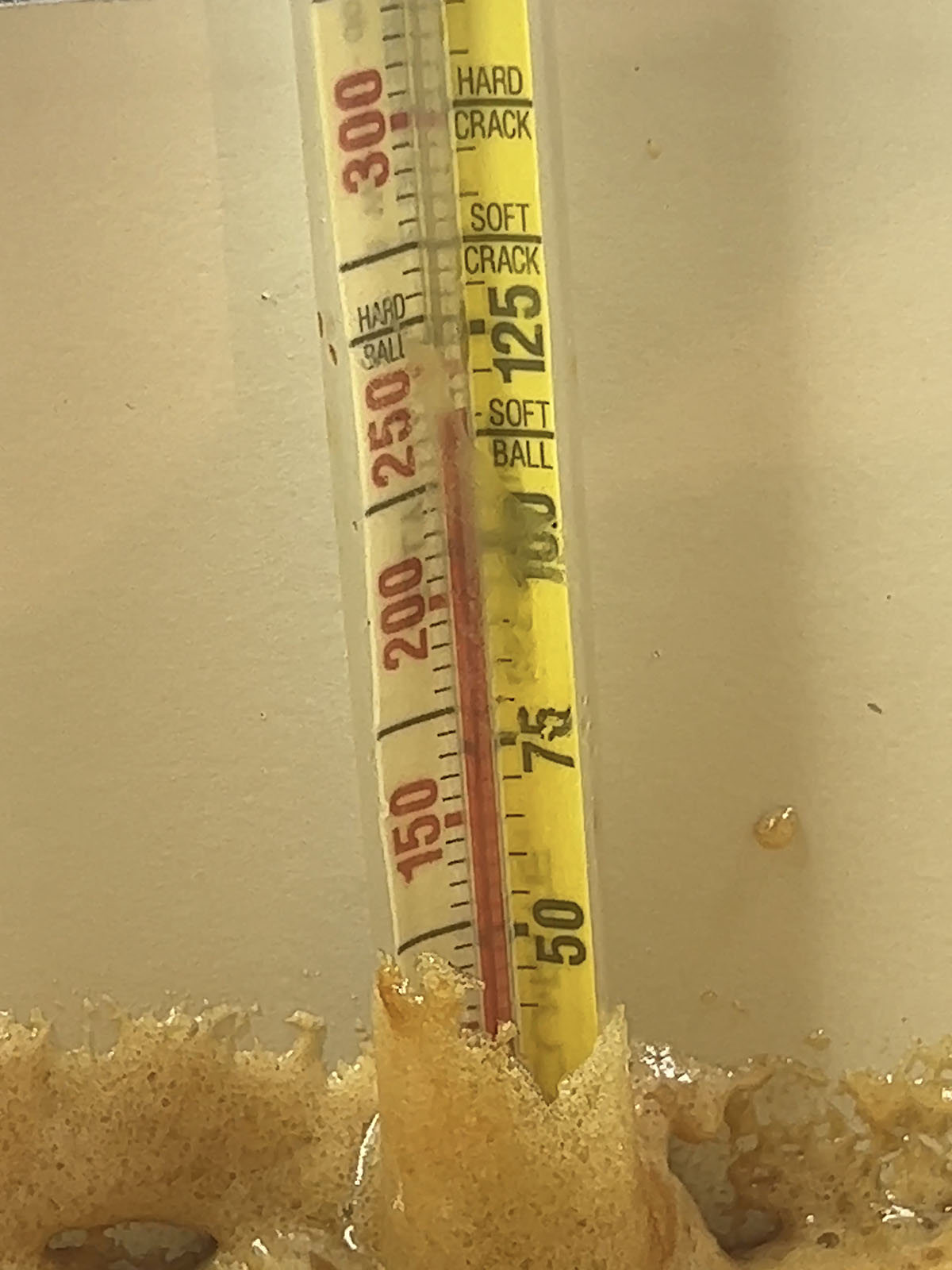
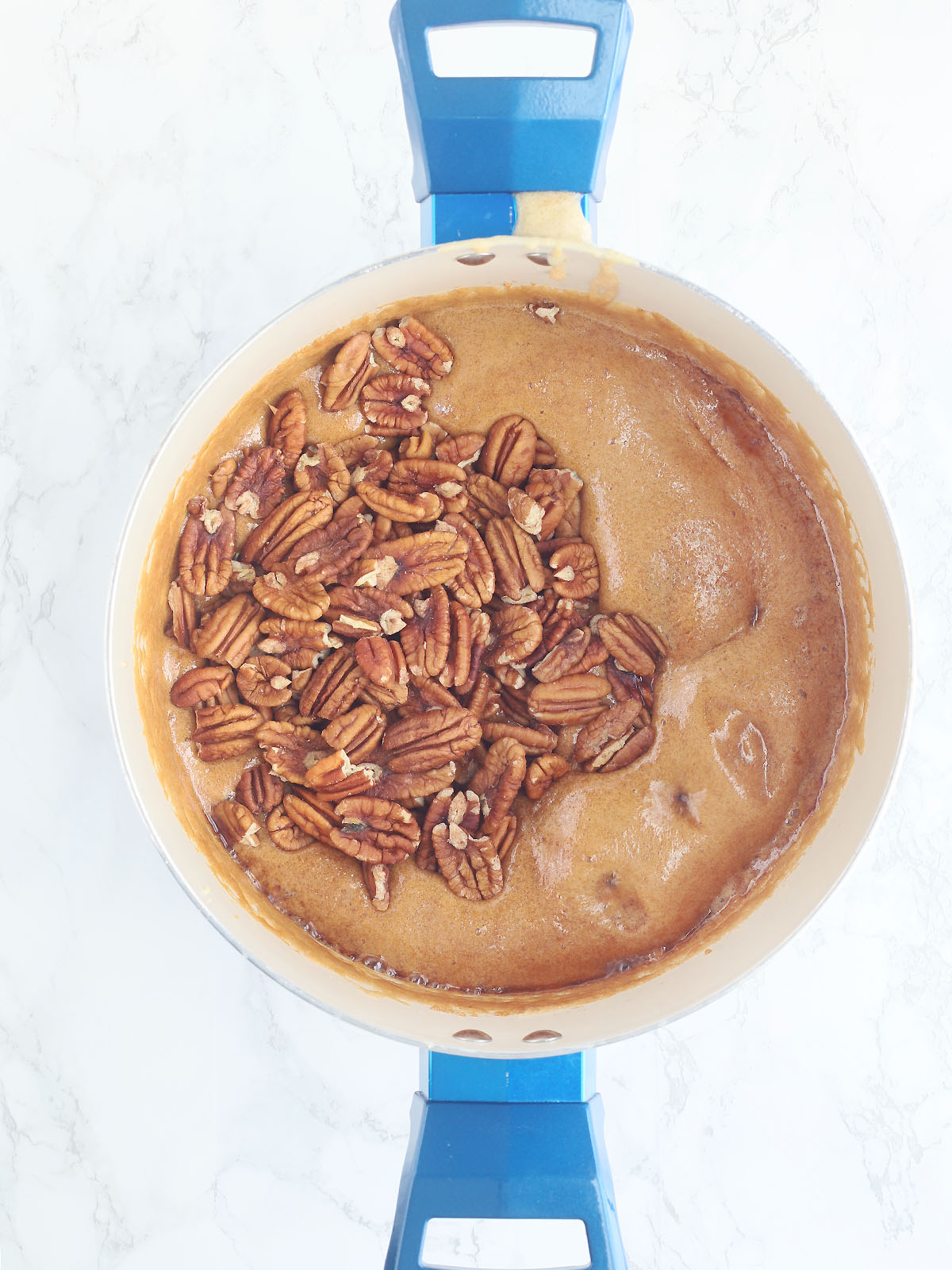
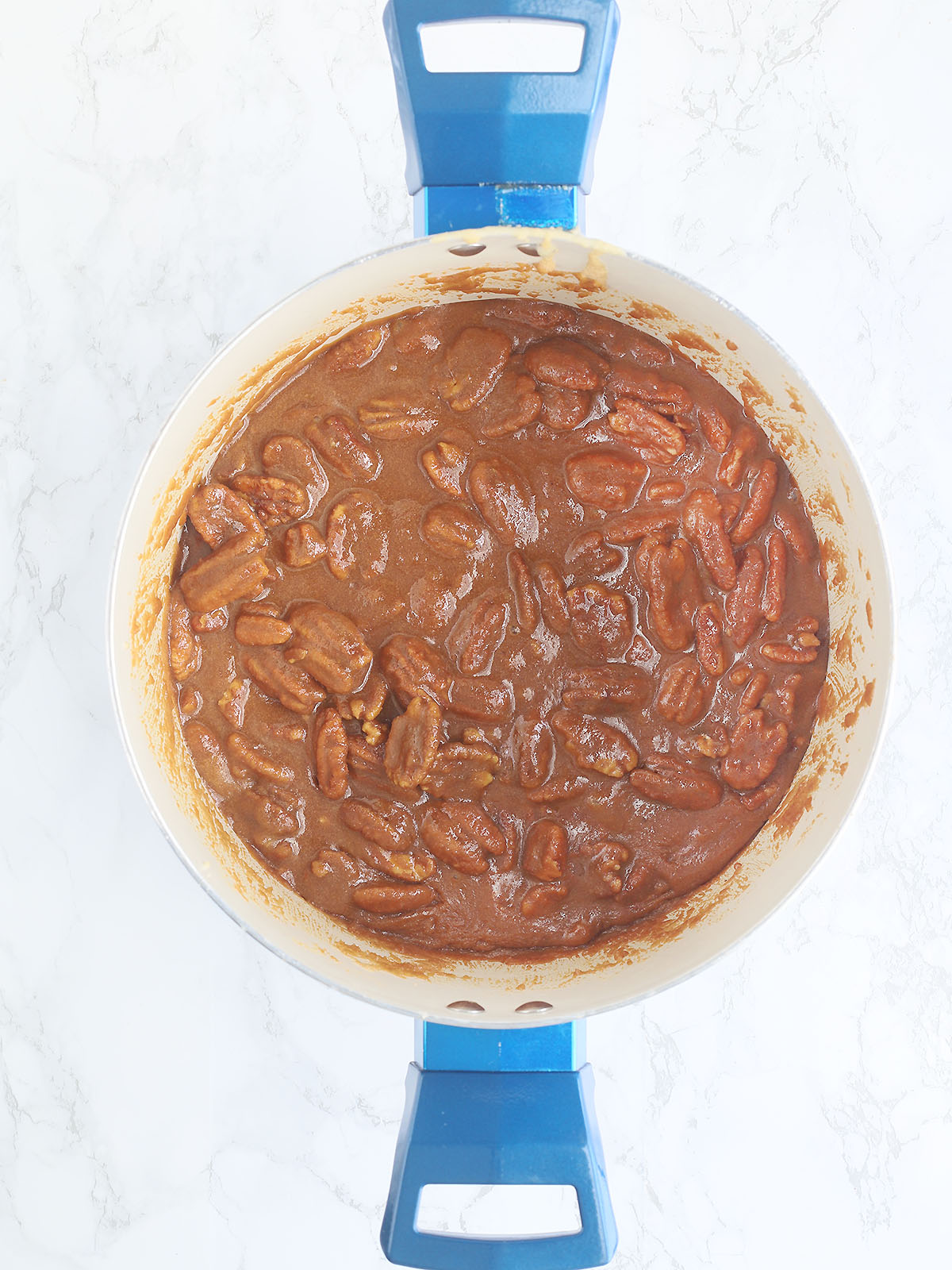
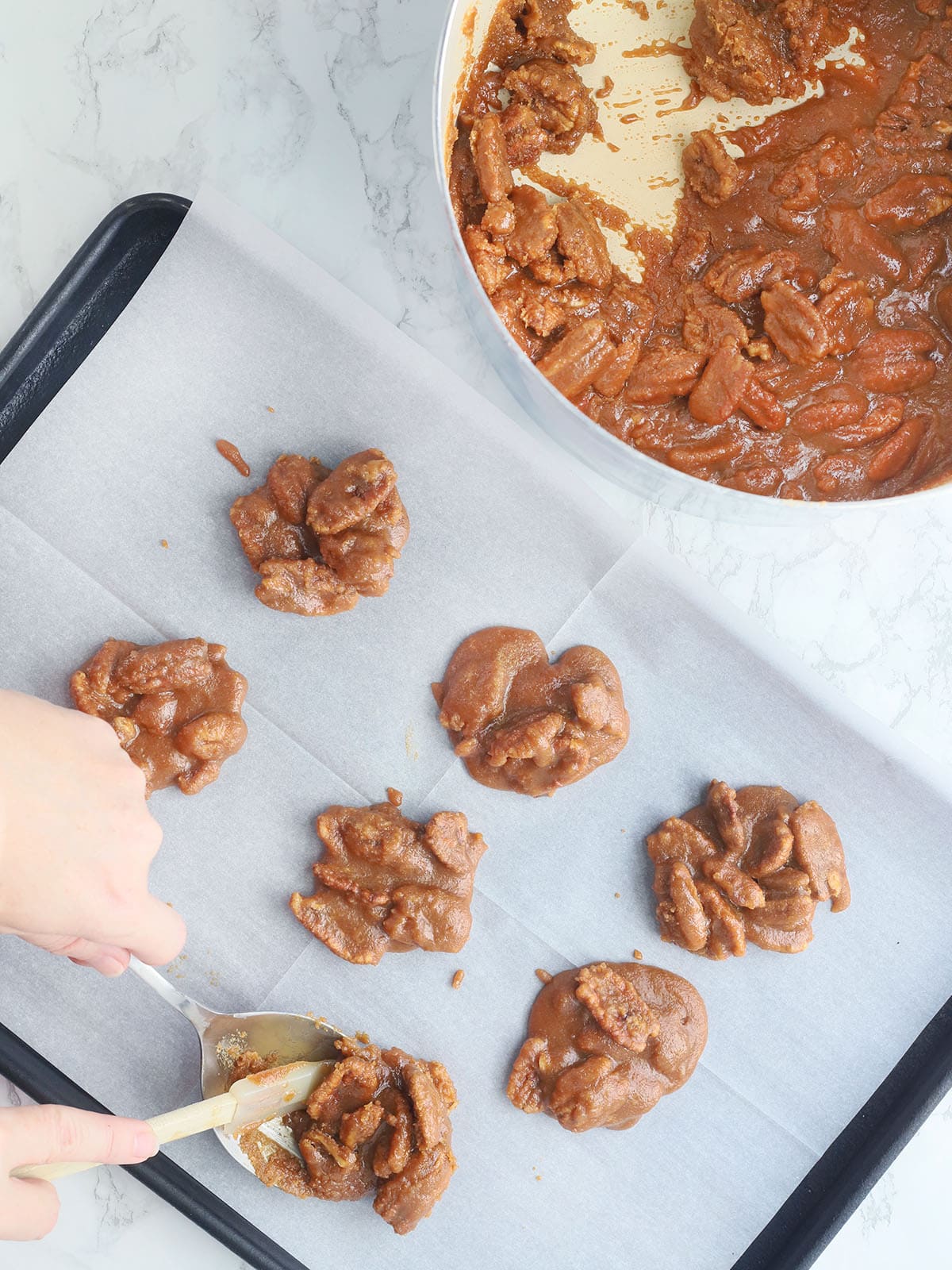
Storage and freezing instructions
Pralines break apart pretty easily, so the best way to store them is in a large airtight storage container with a secure lid. Place a layer of waxed or parchment paper in between the layers. Store them at room temperature in a cool, dry place for up to three weeks.
It is not recommended to refrigerate pralines. The moisture in the air can cause the sugars to recrystallize and affect the texture. They can, however, be frozen. Wrap each one in a layer of waxed paper before placing them in the storage container. The pralines can be frozen for up to three months. Leave the praline in the waxed paper while it thaws at room temperature.
Troubleshooting
Unfortunately, there is no way to fix a bad batch of pralines. But you can try to remedy your mistake next time.
The pralines are gritty
There are few reason this could happen. As mentioned earlier, humidity could be a culprit. You either overcooked or undercooked the sugar. Or, you let the pralines cool too much before you spooned them out onto waxed paper.
The pralines won’t harden
Did you follow the recipe exactly? Did you check the weather report? Most likely the culprit is too much liquid or too much humidity.
The pralines are too hard.
The sugar was cooked at a heat that was too high. Use a candy thermometer and keep a close eye on the temperature.
Frequently asked questions
This is called crystallization and it’s totally normal. As the pralines cool, the sugar will naturally try to return to its natural state. This does not affect the flavor and the pralines are safe to eat.
Can I use a different type of nut?
Yes, walnuts or peanuts would make a good substitute. If you want to use almonds, I recommend chopping them into smaller pieces first because of their hard texture.
Can I double the recipe?
No. See my explanation under Tips for making pralines.
Can I use milk or heavy cream instead of evaporated milk?
You can substitute equal amounts of heavy cream for the evaporated milk. Because regular milk has more water in it than evaporated milk, you will need to reduce the regular milk down in order to achieve the same results. Simmer four cups of regular milk for about 30 minutes until it has reduced down to 1 1/2 cups, which is equivalent to one 12-ounce can of evaporated milk.
Why do you use unsalted butter?
I like to be able to control the salt content in my recipes, which is why I opt for unsalted butter. You can use salted butter, but you may need to cut back on the 1/4 teaspoon of salt called for in the recipe.

Creamy Pecan Praline Candy
Ingredients
- 2 cups white sugar
- 1 cup brown sugar
- 1/2 cup evaporated milk
- 1/4 teaspoon baking soda
- 1/4 teaspoon salt
- 2 tablespoons corn syrup
- 1 tablespoon vanilla extract
- 1 tablespoon unsalted butter
- 2 1/2 cups pecan halves
Instructions
- Combine the sugars, milk, baking soda, salt and corn syrup in a 3-quart stock pot. Once stirred together, the mixture will have the consistency of wet sand.
- Heat the mixture over medium low heat, stirring often, for 10 minutes until the sugar is mostly dissolved.
- Increase the heat to medium and bring the sugar to a full rolling boil. Rolling boil means the liquid does not stop boiling when it's stirred. This should take around 10-15 minutes. Keep an eye on the sugar and stir frequently to prevent the sugar from burning.
- Continue to boil, stirring frequently, until the temperature reaches soft ball stage, or 235 degrees F, on a candy thermometer. This should take approximately seven minutes.
- Remove the pot from the heat. Add the butter, vanilla and pecans.
- Stir vigorously for 30 seconds to one minute until the pralines begin to thicken and they feel harder to stir.
- Drop heaping tablespoonfuls onto waxed or parchment paper. Allow the pralines to cool completely.

